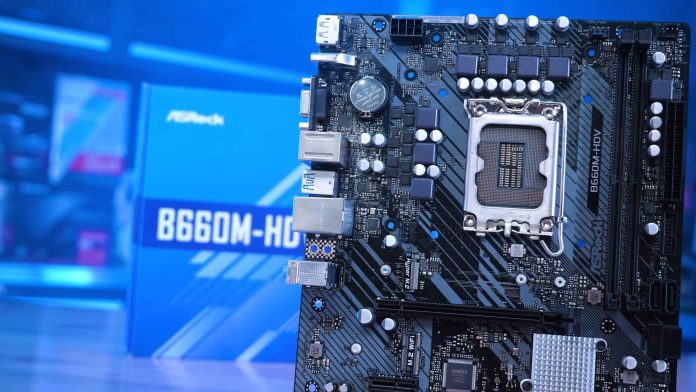In testing new Intel B660 motherboards for an upcoming VRM temperature roundup, we felt compelled to stop and take a look at the Asrock B660M-HDV, only because Asrock is at it again, misleading consumers with a garbage product. If you missed it, last year we purchased the Asrock B560M-HDV for some testing and found it failed to run a number of 11th-gen Core series processors at the minimum specification, despite advertising support for them.
In short, the motherboard enforced a hard PL1 of 100W which massively limited performance, resulting in significantly worse results than boards that cost $10 or $20 more. Horrible performance aside, our primary concern with this product was the false advertising, as it failed to meet the minimum specification of the 125W CPUs it claimed to support.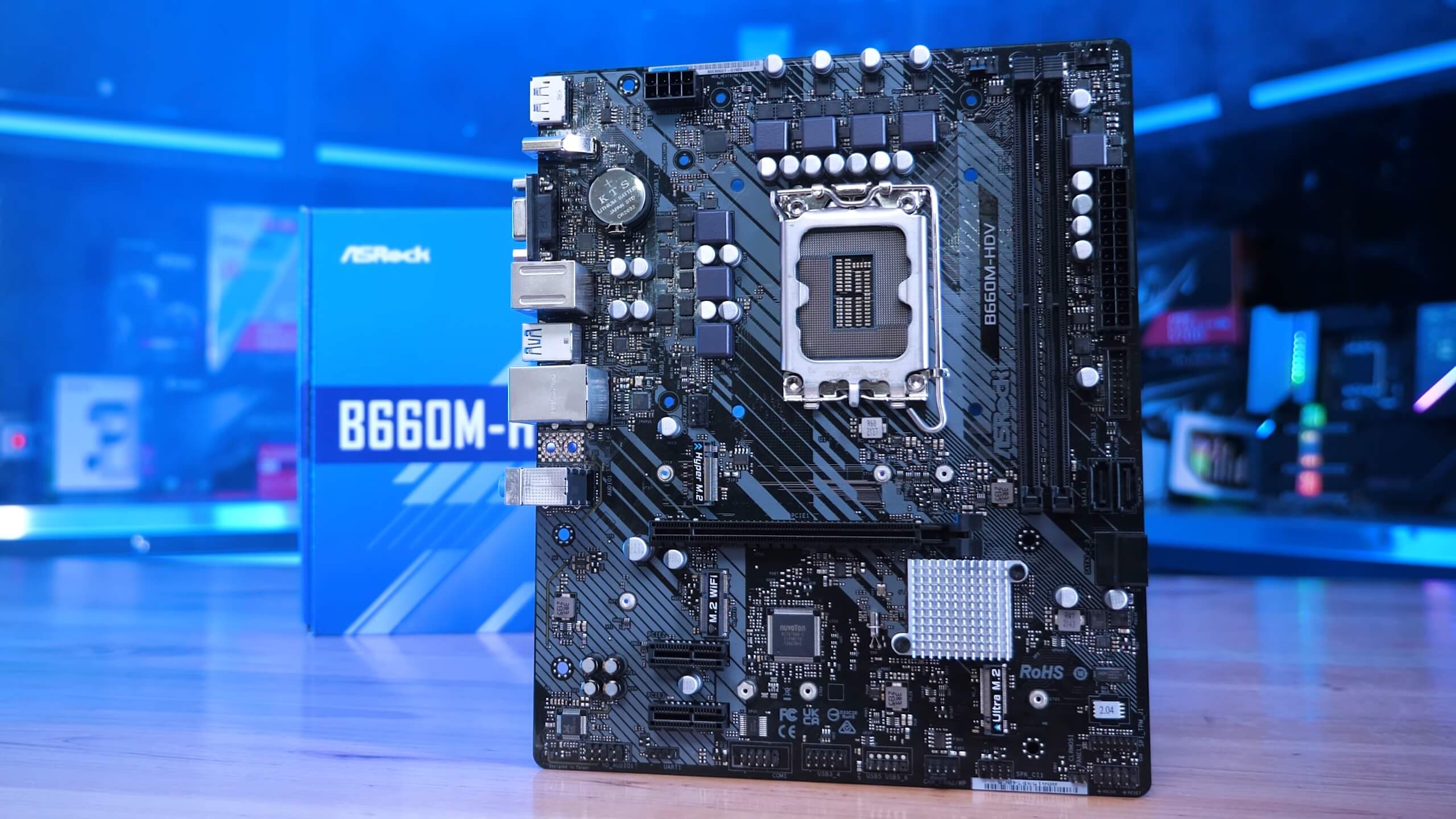
While Asrock was entirely responsible for producing the B560M-HDV and misleading potential customers, we also blamed Intel for failing to properly define the power spec. Intel has since made some attempts to solve this, though sadly they’ve only done so for their 12th-gen K processors, where PL1 now equals PL2, meaning the default behaviour for K series parts is to run at the maximum turbo power. Non-K parts on the other hand, like the Core i7-12700 which are technically 65W parts — but also not really — still suffer from a loosely defined spec, which can see them clock as low as 2.1 GHz on the P-cores for AVX workloads, though without power limits should maintain an all-core frequency of 4.5 GHz, which is a 114% increase over the base frequency.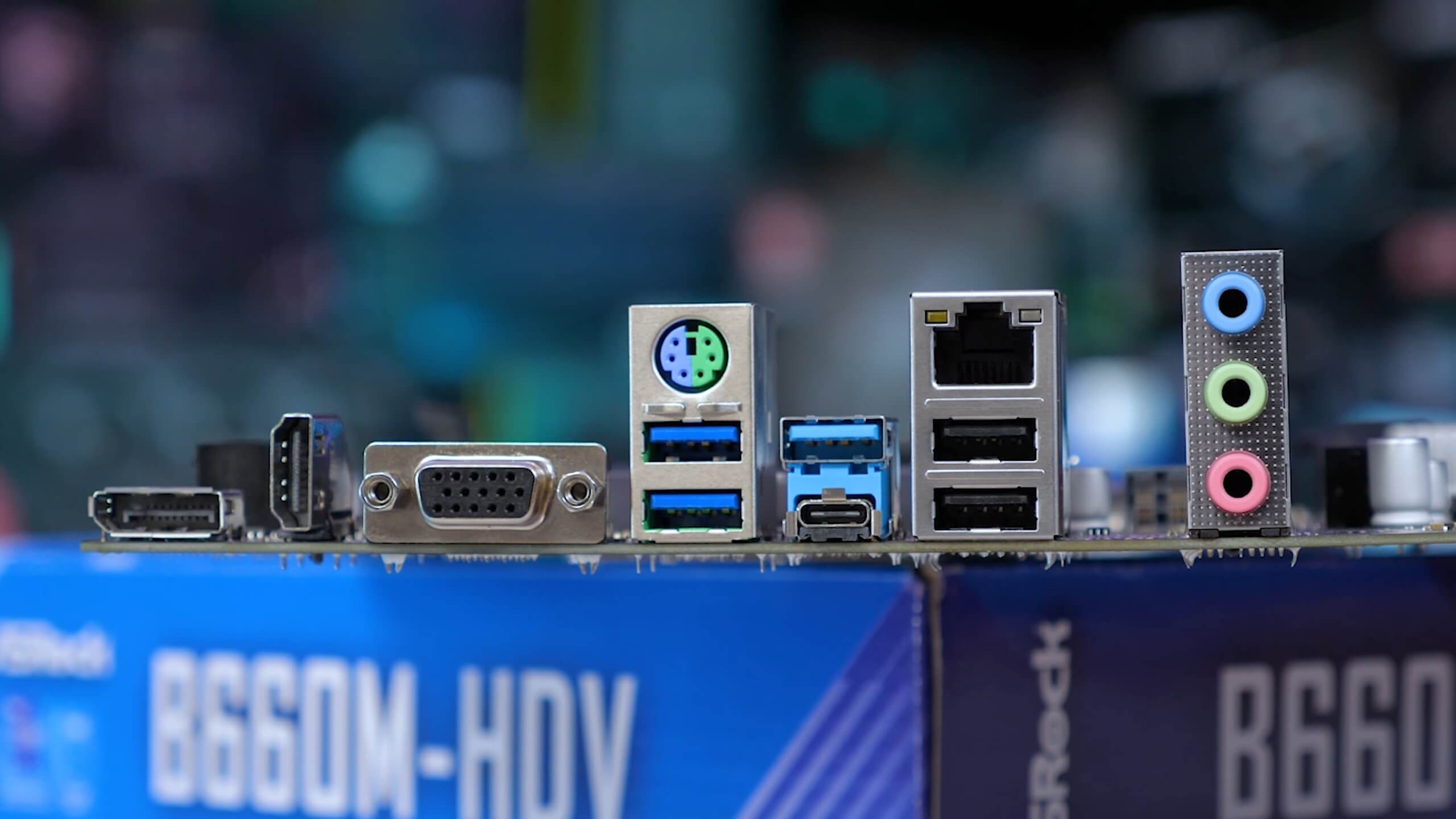
This means the Core i7-12700 can operate at 65W or at 150W+ depending on power limits, and in our testing this has seen performance vary by as much as 70% depending on the board used. Unsurprisingly, the worst B660 motherboard we’ve come across so far is once again Asrock’s HDV, the B660M-HDV is atrocious, even worse than the B560 model if you can believe it.
To our amazement, rather than improving Asrock has decided to go the other way, limiting the B660M-HDV to a PL1 of just 95W, while still advertising support for 125W parts. By default the board has a PL1 limit of 65W and a PL2 of 126W, but remember the PL2 is a temporary boost state. In this case, after just 28 seconds the board reverts to the PL1 state. This happens even when using 125W K-SKU parts, which will run at 65W for all-core workloads that exceed a duration of 28 seconds, assuming the VRM doesn’t reach its thermal limit in that time and throttle the CPU.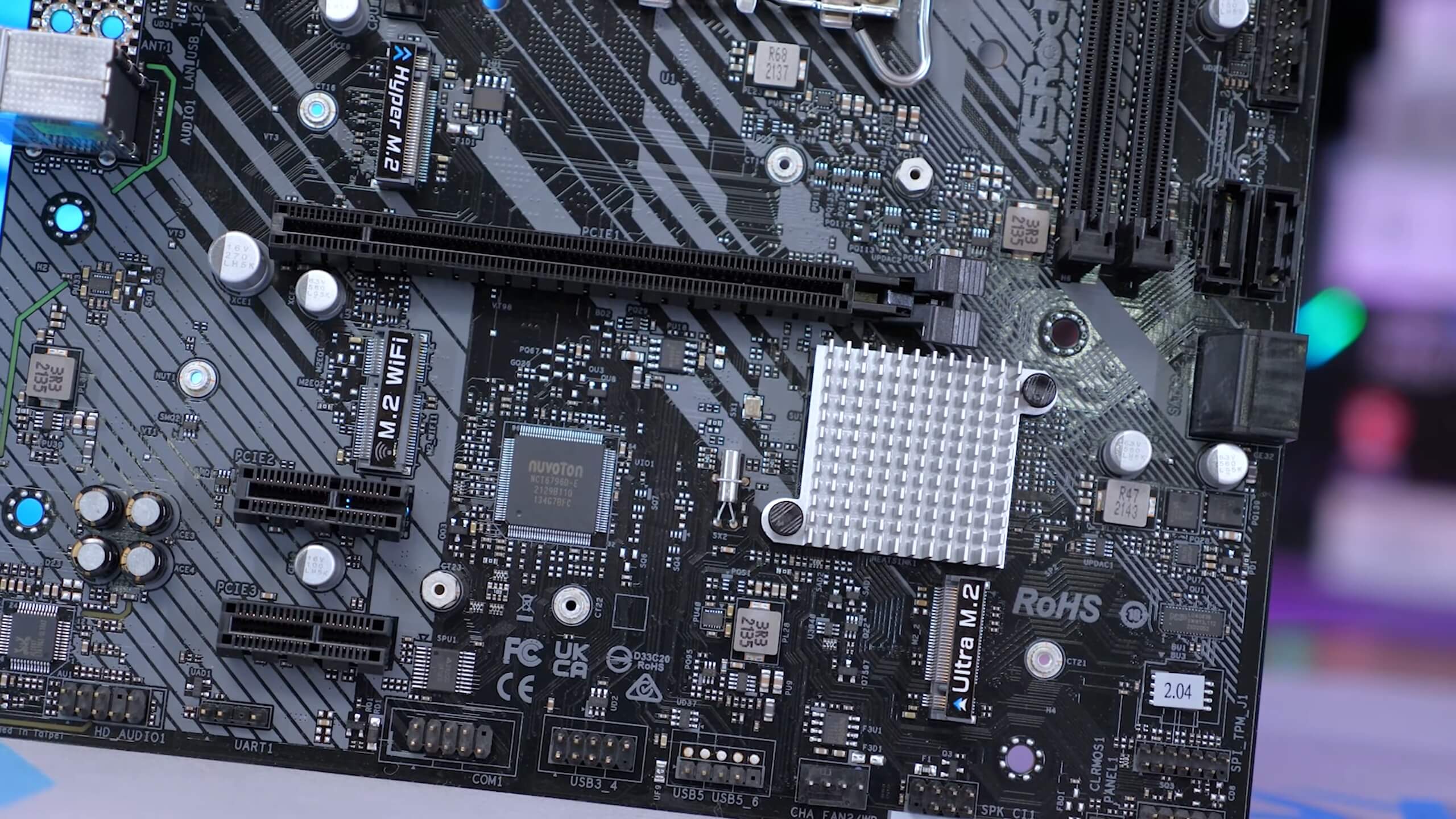
The PL2 limit can’t be increased beyond 126W and any manual input will cap this power limit to 95W. The PL1, on the other hand, which is 65W out of the box can only be set as high as 95W, meaning the maximum power limit configuration for this board is 95W PL1 and 126W PL2 for up to 28-seconds.
This is a problem for a board that advertises support for 125W parts because the PL1 target needs to be at least 125W, not 95w. The Core i9-12900K, for example, has a minimum clock frequency target of 3.2 GHz which it can sustain during all workloads. Anything less than this is out of spec.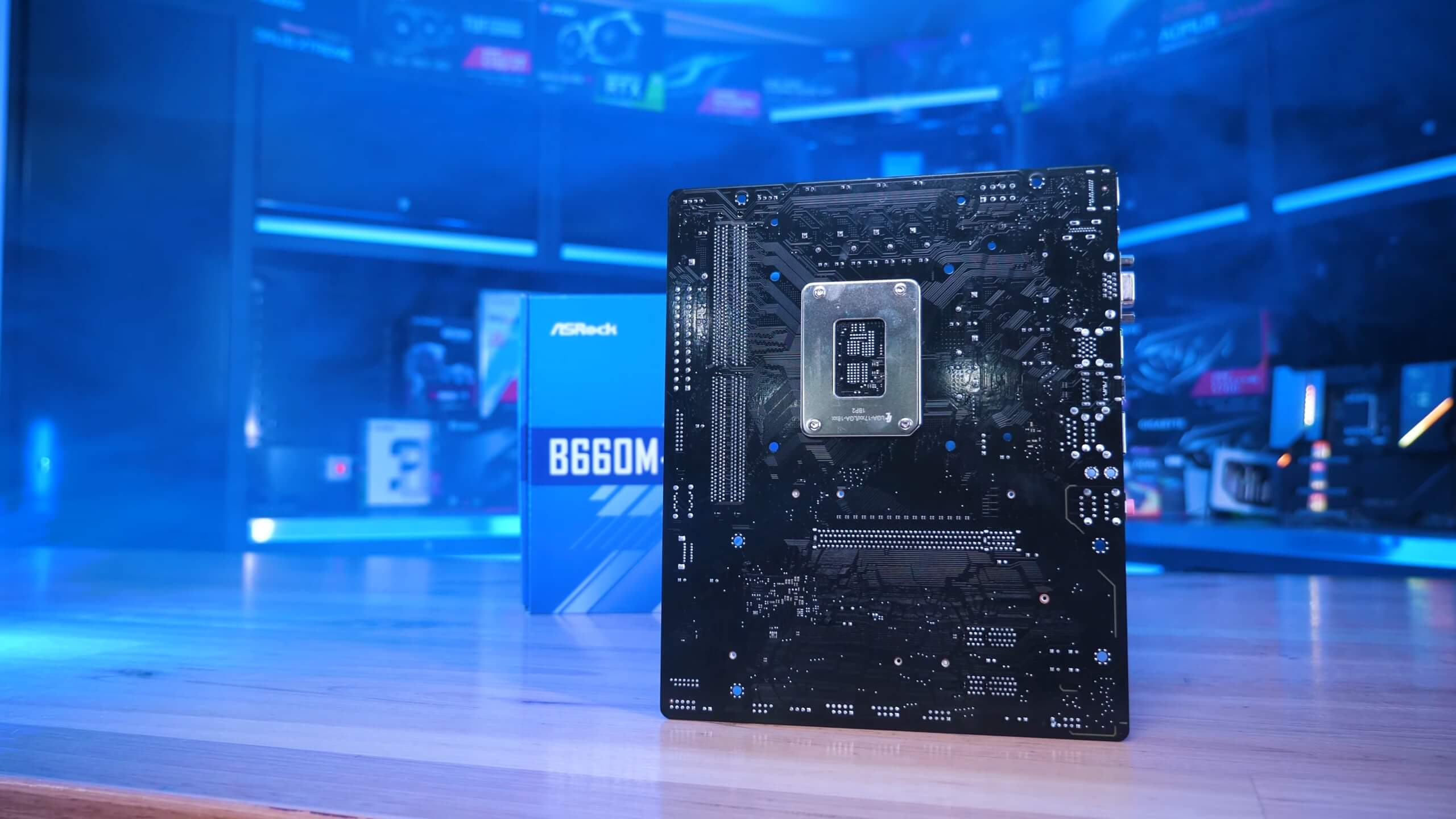
Now whether or not anyone would pair a board like the Asrock B660M-HDV with the Core i9-12900K is entirely beyond the point. Frankly, it’s unlikely anyone would, but that doesn’t make false advertising okay. You can’t claim support for anything you can’t run within spec, and let’s take a look at how the B660M-HDV supports the 12900K…
Before we get to the graphs, let’s talk about the test conditions. For this testing and any future LGA 1700 VRM thermal testing we’ve built a dedicated system inside the Corsair iCUE 7000X case. Powering it we have the HX1000 power supply and the iCUE H170i Elite Capellix for cooling.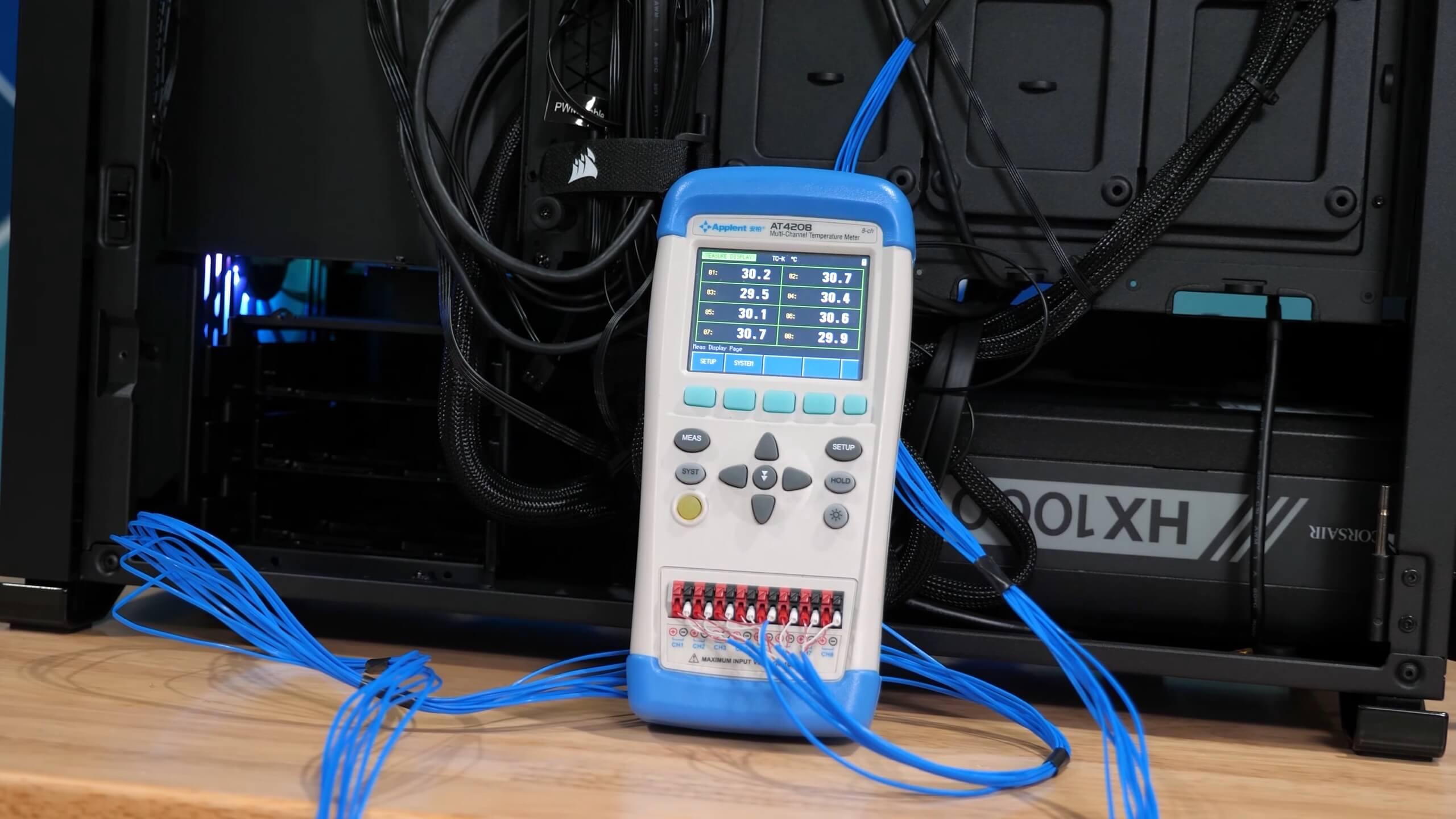
The iCUE 7000X has been configured with a single rear 140mm exhaust fan and three 140mm intake fans, which is the stock configuration for this case. Then at the top of the case is the H170i 420mm radiator with three 140mm exhaust fans. This is a high-end configuration, airflow is good, and in a 21C degree room I’d say this is an optimal setup, which we’re going to call “standard airflow.”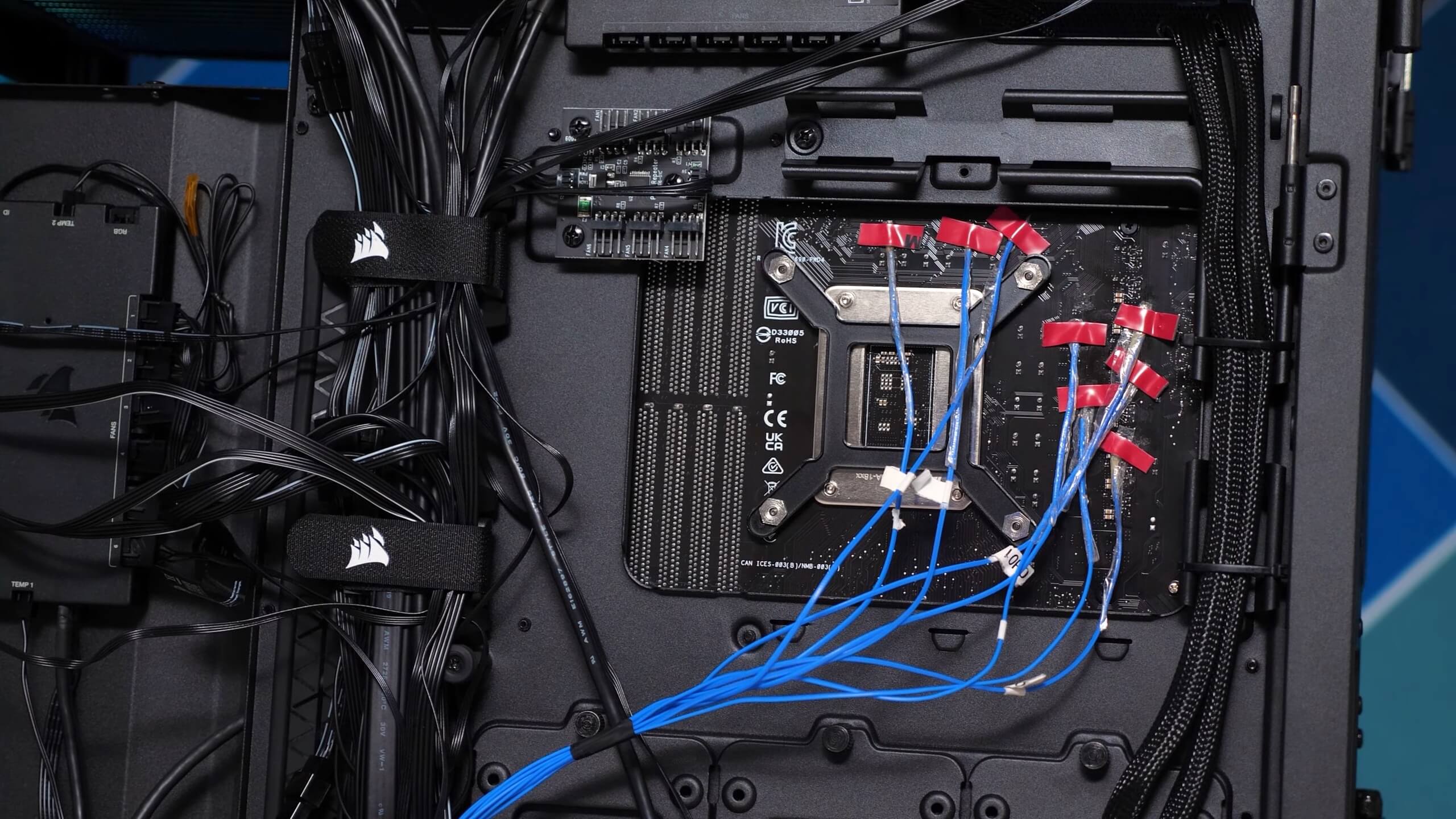
For this test we also have a “direct airflow” configuration, which includes an additional 120mm fan covering the VRM. This is without question an absolute best case scenario for any system.
For recording temperatures we’re using a digital thermometer with K-Type thermocouples and we’ll be reporting the peak rear PCB temperature. We’re not reporting Delta T over Ambient, instead we maintain a room temperature of 21 degrees and ensure a consistent ambient temperature a thermocouple is positioned next to the test system.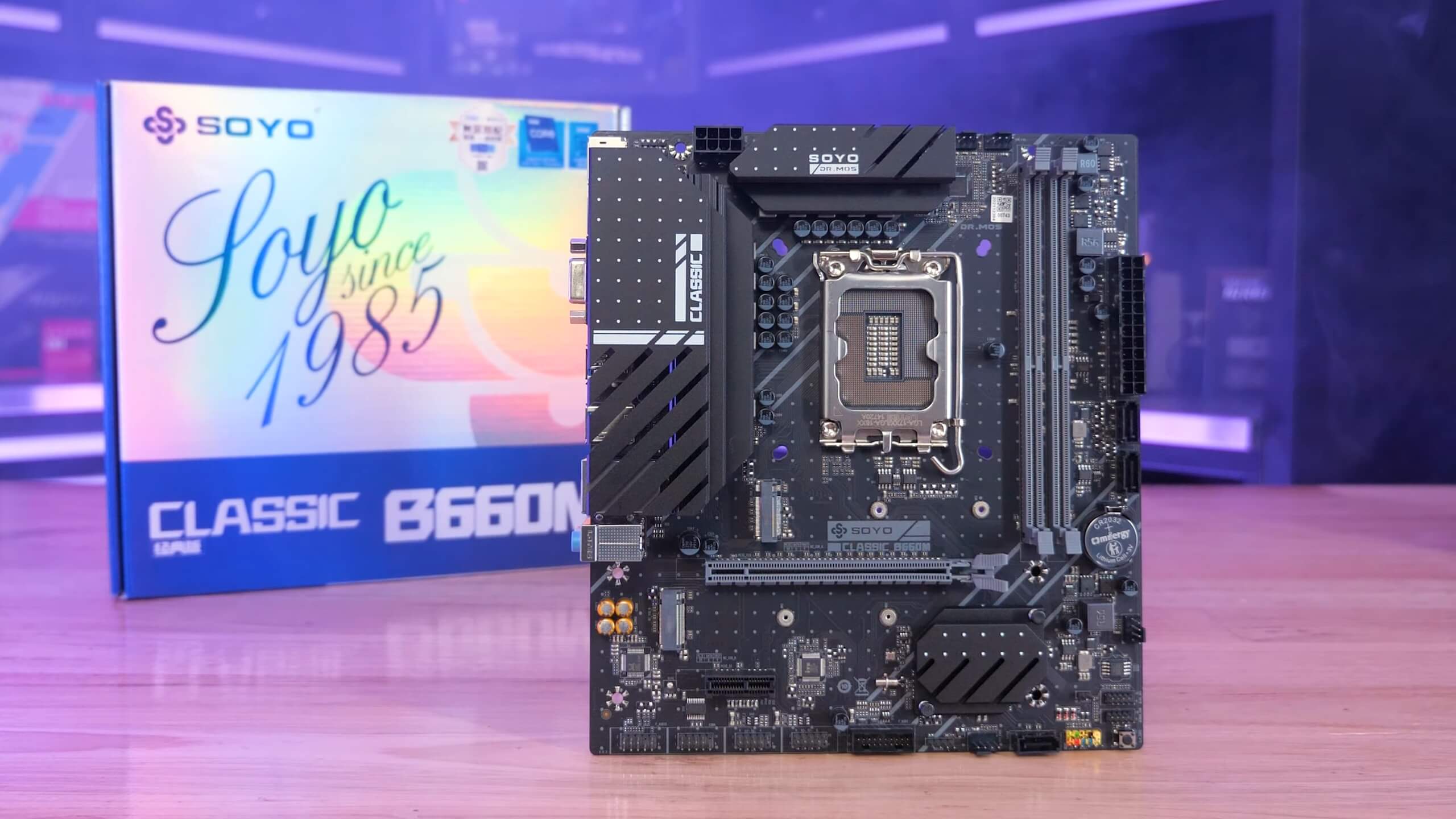
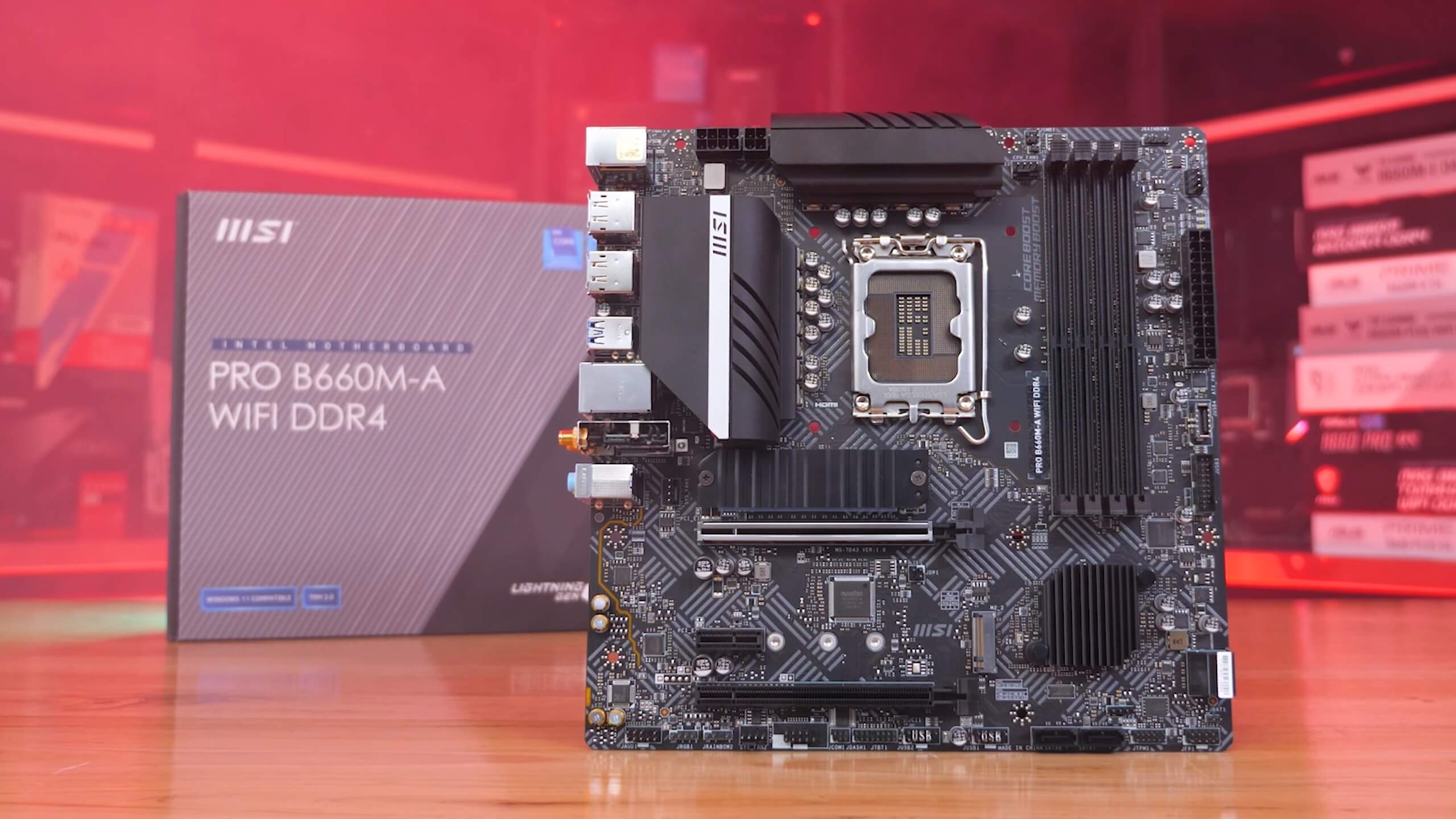
For stress testing we’re using good old Cinebench R23, looped for an hour, at which point we’re reporting the maximum PCB temperature recorded using k-type thermocouples. We’ll also report the final Cinebench score. For comparing the Asrock B660M-HDV we’ve included the Soyo B660M Classic, which is priced similarly to the Asrock board, and the slightly more expensive MSI Pro B660M-A.
Starting with the standard airflow test, we see that the B660M-HDV heavily throttles the 12900K in both test configurations. With the 65W limit, the CPU averages a clock frequency of just 2.42 GHz and at 95W that increases to just 2.54 GHz.
The reason for the small increase is due to the board’s inability to maintain a 65W output due to thermal throttling. We were measuring a rear PCB temperature of 104C.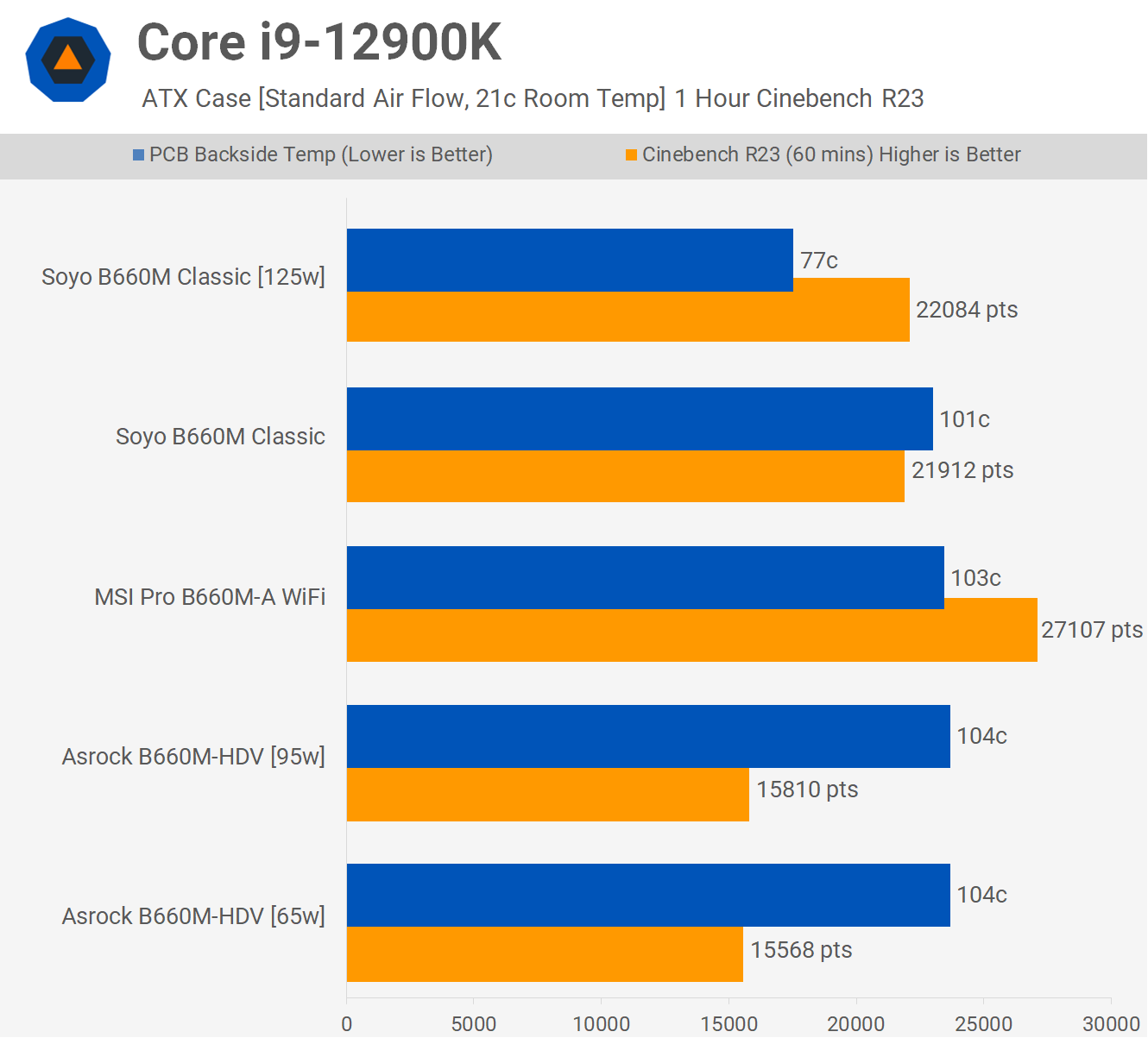
This limitation had the 12900K scoring just 15810 pts, which means the MSI Pro B660M-A is 71% faster with 27107 pts. The MSI board achieved this out of the box with no tinkering of the power limits, though under these test conditions the VRM did peak at 103C, which is very high despite the fact that VRM throttling wasn’t detected.
Another really affordable B660 board is the Soyo B660M Classic. At stock it has a PL2 limit of 125W, but this was enough to see the 12900K average 3.9 GHz in our testing. That’s well above the 3.2 GHz base spec. The board also ran at just 77C and allowed for a score of 22084 pts which is a 40% increase over the Asrock board.
Unfortunately, removing the power limits wasn’t useful with the Soyo board as this resulted in VRM throttling with slightly reduced performance overall, while increasing the VRM temperature of 101C. Not a great result overall, but it was within spec and miles better than the Asrock board.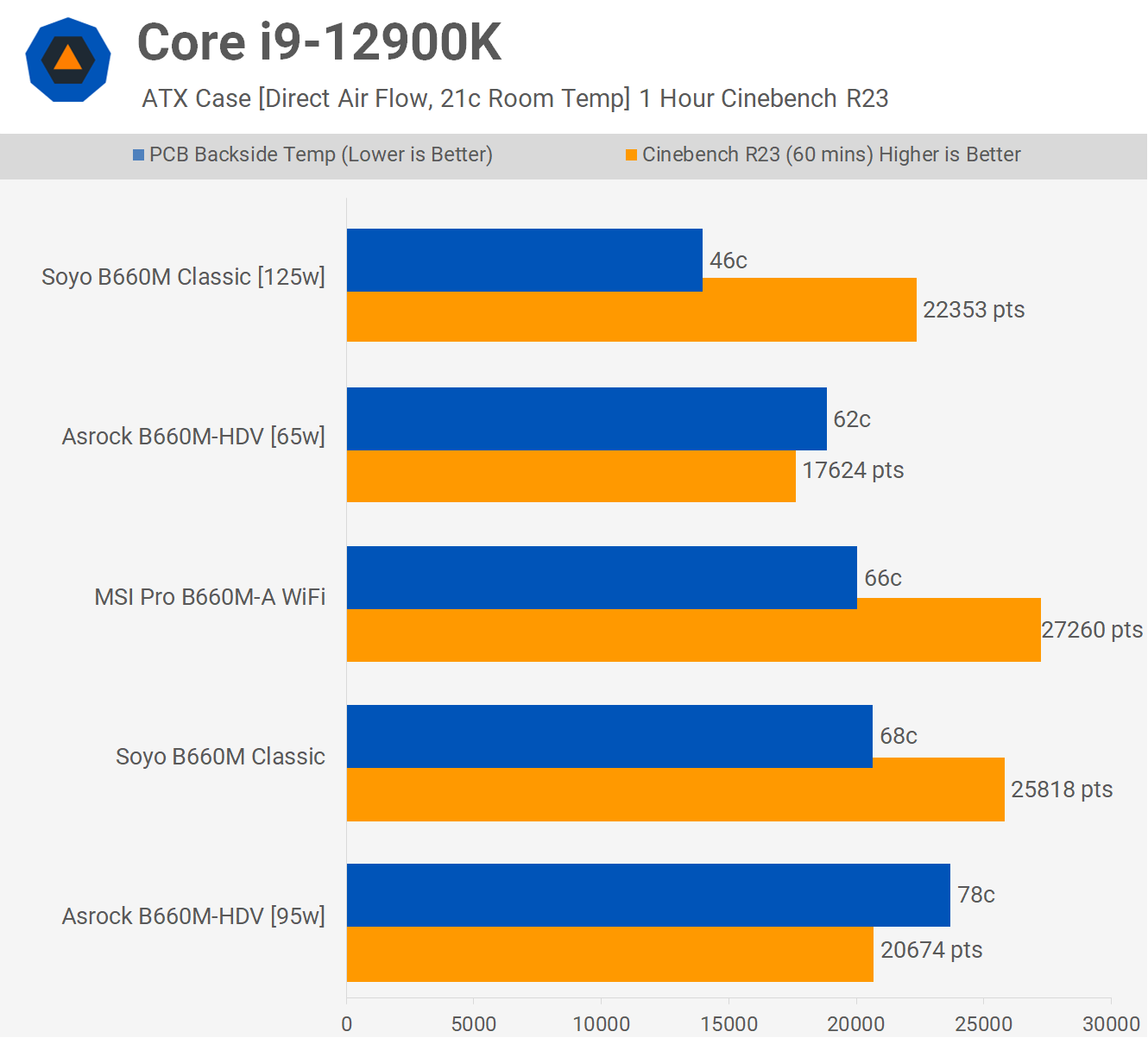
Now, because the B660M-HDV doesn’t have any heatsinks, providing direct airflow is crucial, so that’s what we’ve done here by placing a 120mm fan over the VRM components.
With the stock 65W configuration, the 12900K did clock better, this time hitting 3 GHz which is still below the 3.2 GHz minimum spec for the i9 processor. The direct airflow did improve the 65W score by 13%, but even so the MSI Pro B660M-A was 55% faster.
Increasing the PL1 limit to 95 watts which is the maximum setting the B660M-HDV will allow, the score was increased by 17% to 20674 pts and more crucially the average clock speed reached 3.56 GHz which is above the minimum spec. So if you use the B660M-HDV in a 21C environment in a well ventilated case with a 120mm fan directly over the VRM and increase the PL1 to its maximum value, the board does technically run the 12900K just above the minimum specification.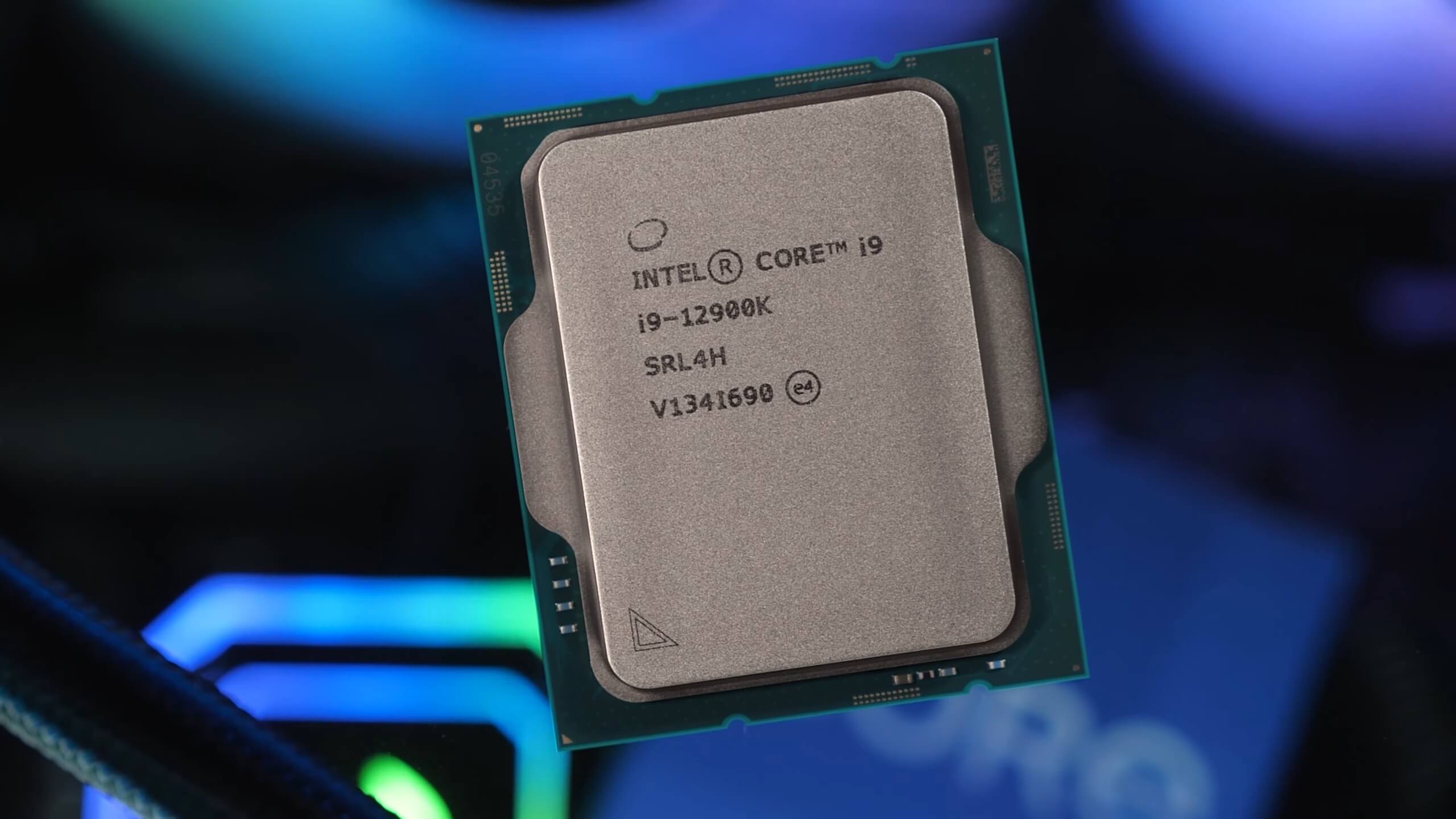
If you deem that a pass, so be it. But when compared to the similarly priced Soyo B660M Classic, the B660M-HDV is a bad joke. The Soyo board managed 22353 pts out of the box with direct airflow making it 8% faster than the 95W B660M-HDV configuration, and then 25% faster with the power limits removed. The Soyo board did still throttle the 12900K down to 227 watts, but performance was acceptable overall.
The Asrock B660M-HDV doesn’t really support the Core i9-12900K and shouldn’t list 125W support on its website. The misleading part is that under normal conditions the motherboard doesn’t come close to achieving the minimum spec and performance is miles from where it should be.
But how does it go with a more realistic CPU configuration, using the locked Core i7-12700?
Let’s go find out…
Using our standard airflow configuration, which we feel is a realistic optimal airflow setup, we see some serious performance discrepancies again. The B660M-HDV limited the 12700 to an average clock speed of just 2.6 GHz in our hour-long test, using the stock 65W configuration as well as our manual 95W setting. This limited performance to around 12900 pts.
That’s bad because this CPU running at its base 65W spec should score around 15400 pts as seen on the MSI Pro B660M-A, resulting in an average clock frequency of 3 GHz. The MSI board managed this with a VRM temperature of just 46C. Meanwhile, the Asrock board ran up around 100C for a much worse result.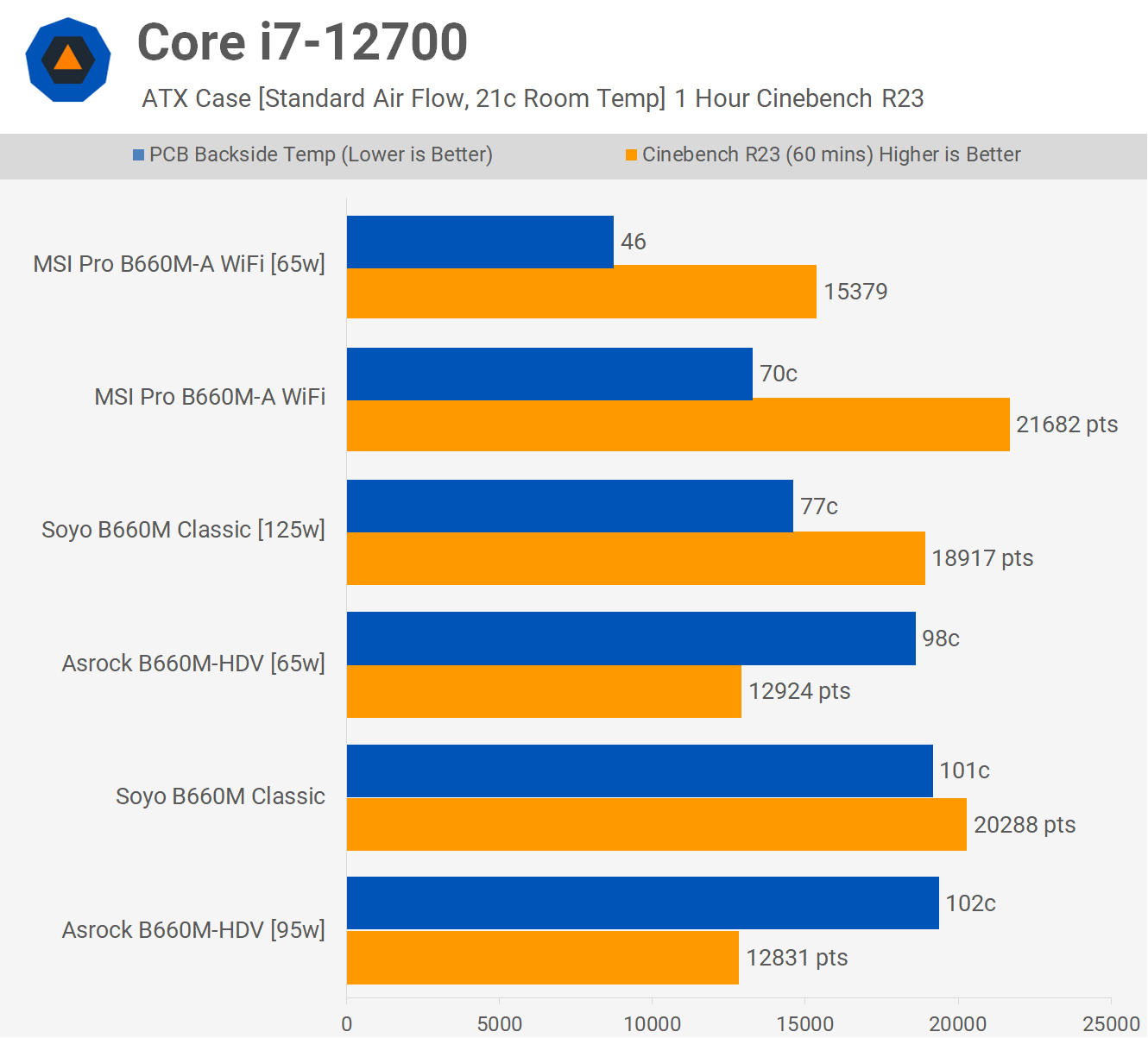
Even the similarly priced Soyo B660M Classic was worlds better and interestingly ran at a 125W limit out of the box where it scored 18917 pts with a VRM temperature of just 77C. The Soyo board wasn’t able to fully unlock the performance of the 12700 with the power limits manually removed as it did thermal throttle at 101C, but even so performance was almost 60% higher than what we saw with the Asrock.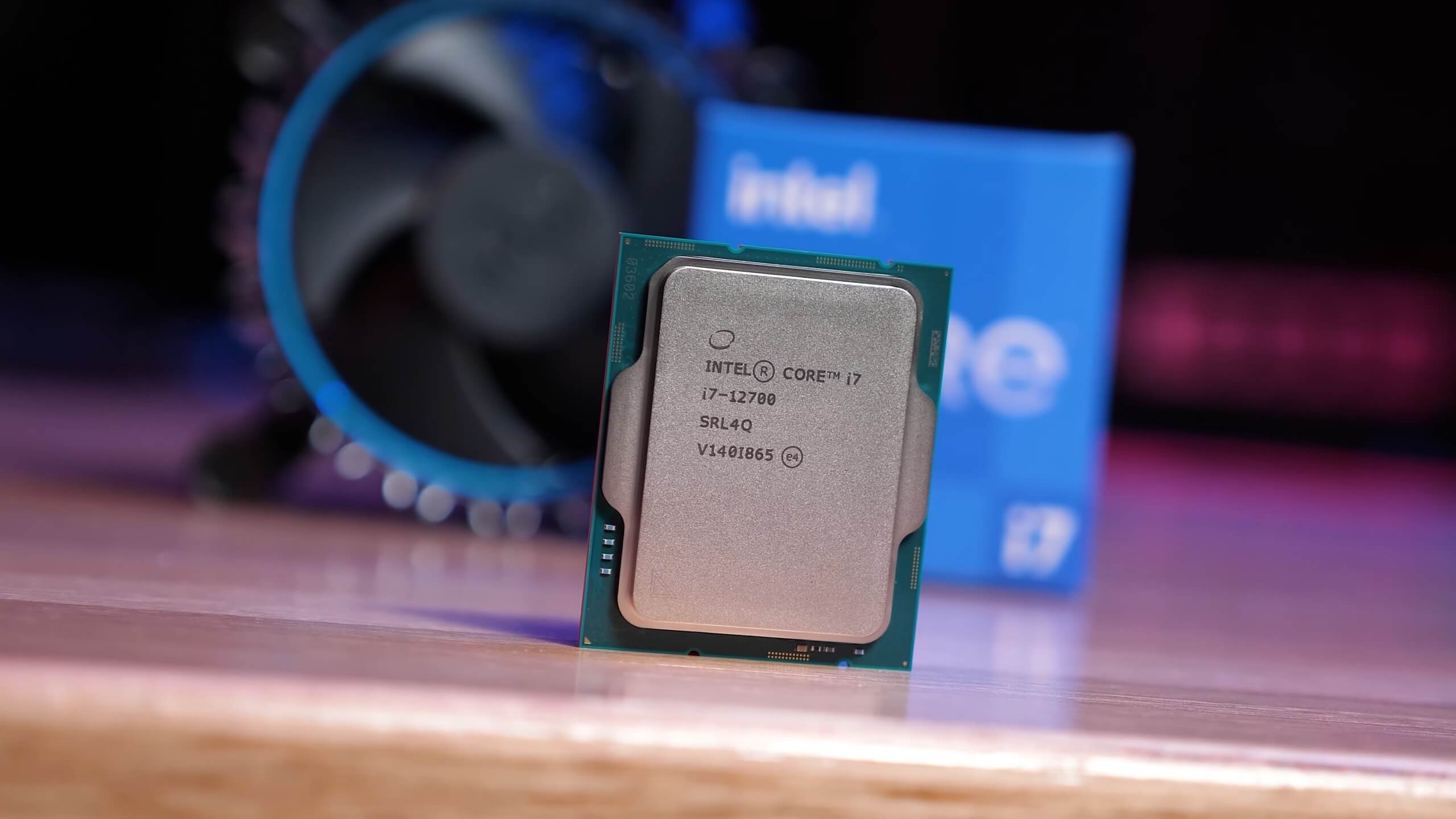
The 12700 can technically run as low as 2.1 GHz and still remain “in-spec,” which is why the Intel spec for 65W parts remains a joke, so technically speaking Asrock isn’t falsely advertising support of this part, despite being so much slower than other motherboards like the MSI Pro B660M-A.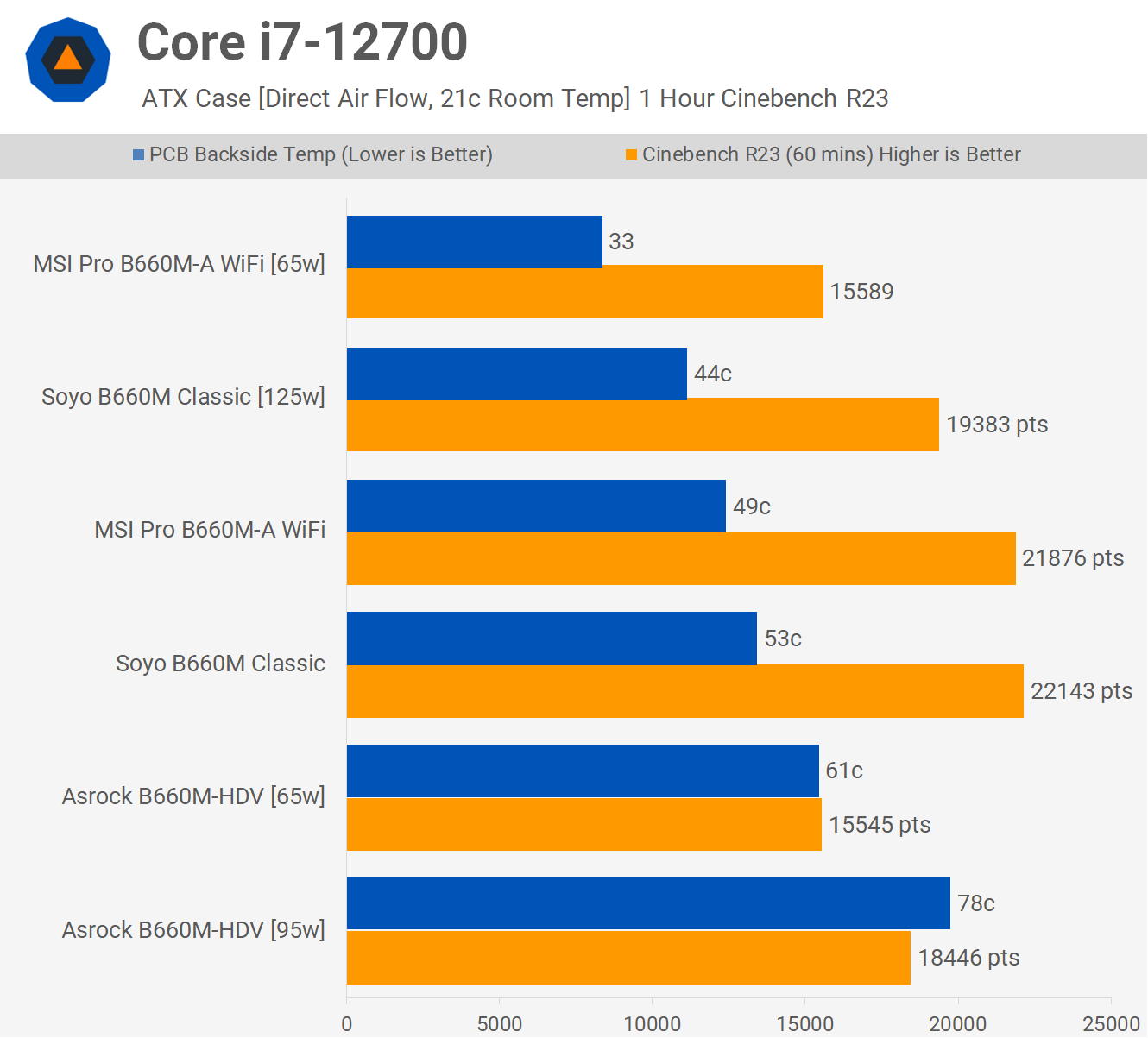
With the aid of direct airflow, the B660M-HDV performs a lot better. However, using the 95W power limit saw an average a clock frequency of just 3.15 GHz across the hour-long test, resulting in a score of 18446 fps, or 16% lower than the MSI Pro B660M-A (which ran significantly cooler, too).
The Soyo B660M Classic proved to be a much better product once more, which not only ran much cooler but also provided 20% greater performance.
We ran all the same tests again using the Core i5-12600K, which lowers the package power rating to around 130 – 140W. In our standard airflow test, the B660M-HDV clocked the 12600K to 3.46 MHz using the stock configuration, while increasing the PL1 to 95W broke the board by introducing heavy VRM throttling which resulted in lower performance.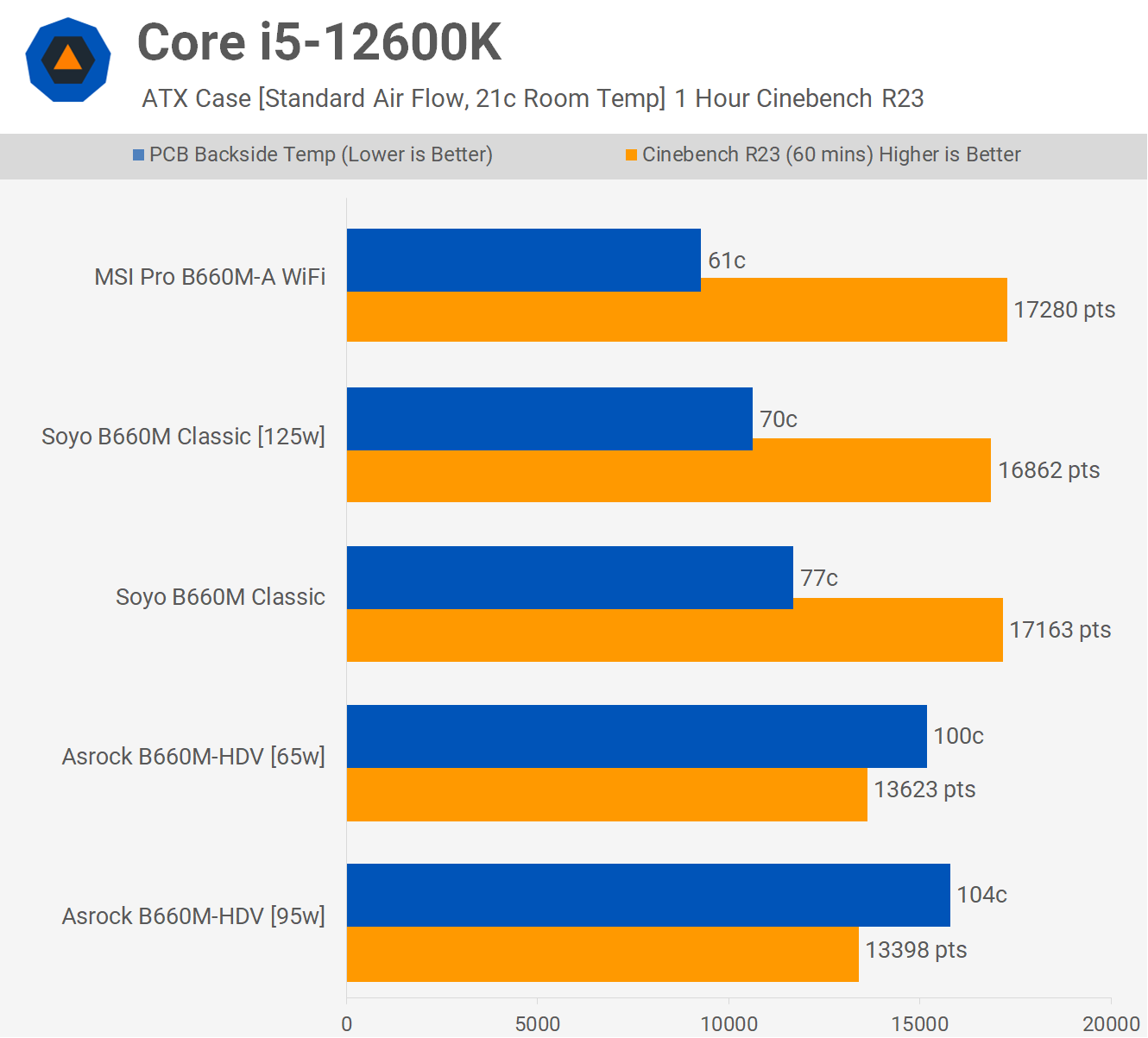
The minimum clock specification for the 12600K is 3.7 GHz, so the B660M-HDV fails to achieve the minimum spec for 125W parts again. With a score of 13623 pts, the Soyo and MSI boards were over 25% faster than the Asrock, and they did this while keeping VRM temperatures below 80C, or just 61C in the case of the MSI.
Increasing the airflow with a 120mm fan placed directly over the VRM the B660M-HDV still wasn’t able to get the most out of the 12600K due to the hard 95W power limit.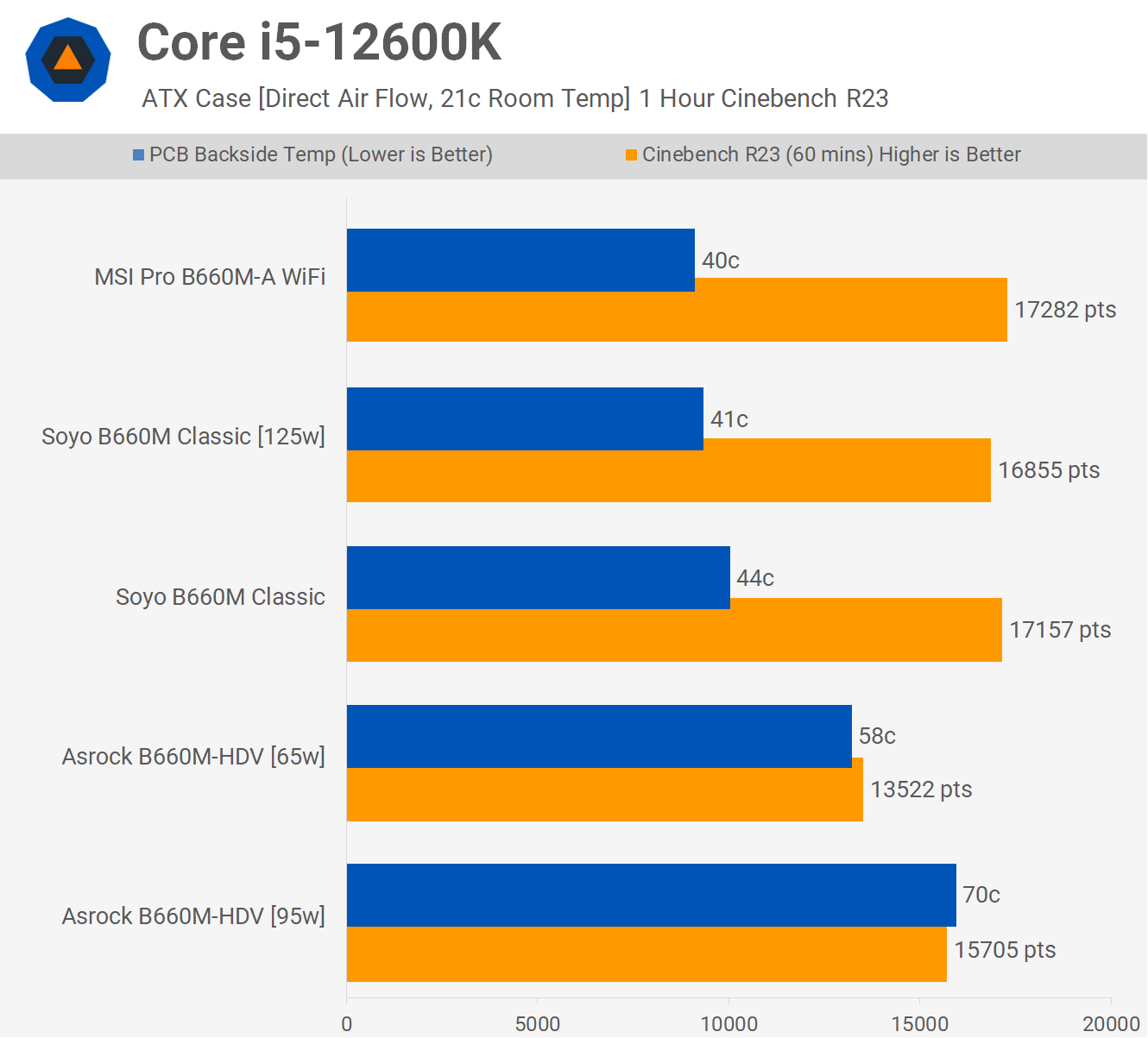
Out of the box, the Asrock board enforced a 65W PL1 which reduced the average clock frequency to just 3.46 GHz, resulting in a score of 13522 pts after the hour loop. At 95W that score was increased to 15705 pts and here the VRM peaked at 70C, which is much higher than what we saw from the MSI and Soyo boards.
For those of you wondering, we did install the budget-minded Core i5-12400 and as expected it was limited to a PL1 of 65W out of the box. Running the standard airflow configuration, the VRM on the B660M-HDV peaked at 91C, no VRM throttling was detected and performance was as expected. So this is the limit of the Asrock B660M-HDV, unless you’re willing to stick a fan over the VRM components and maintain a room temperature of 21C.
We believe Asrock is at best misleading consumers with the B660M-HDV, and at worst falsely advertising the board’s capabilities. As we said when looking at the B560M-HDV, if Asrock didn’t list compatibility with 125W parts and instead called it the “B660M-HDV 65W,” we’d take far less issue with the product.
As it stands the only disclaimer Asrock gives is the following:
For cooling the CPU and its surrounding components, please install a CPU cooler with a top-down blowing design.
CPU performance may be limited due to power phase design.
You could claim we didn’t follow their guidance by not using a box cooler, but I don’t see how that changes the fact that a 95W PL1 means it’s impossible to run parts like the 12900K at the base spec. We also tested in a high-end case with high-end cooling. Using the box cooler which blows hot air from the CPU over the VRM wouldn’t exactly help, especially in a budget case with a single 120mm fan.
Asrock does mention “CPU performance may be limited due to power phase design,” but that’s extremely vague and doesn’t get them off the hook for failing to meet the minimum specification required to support 125W processors.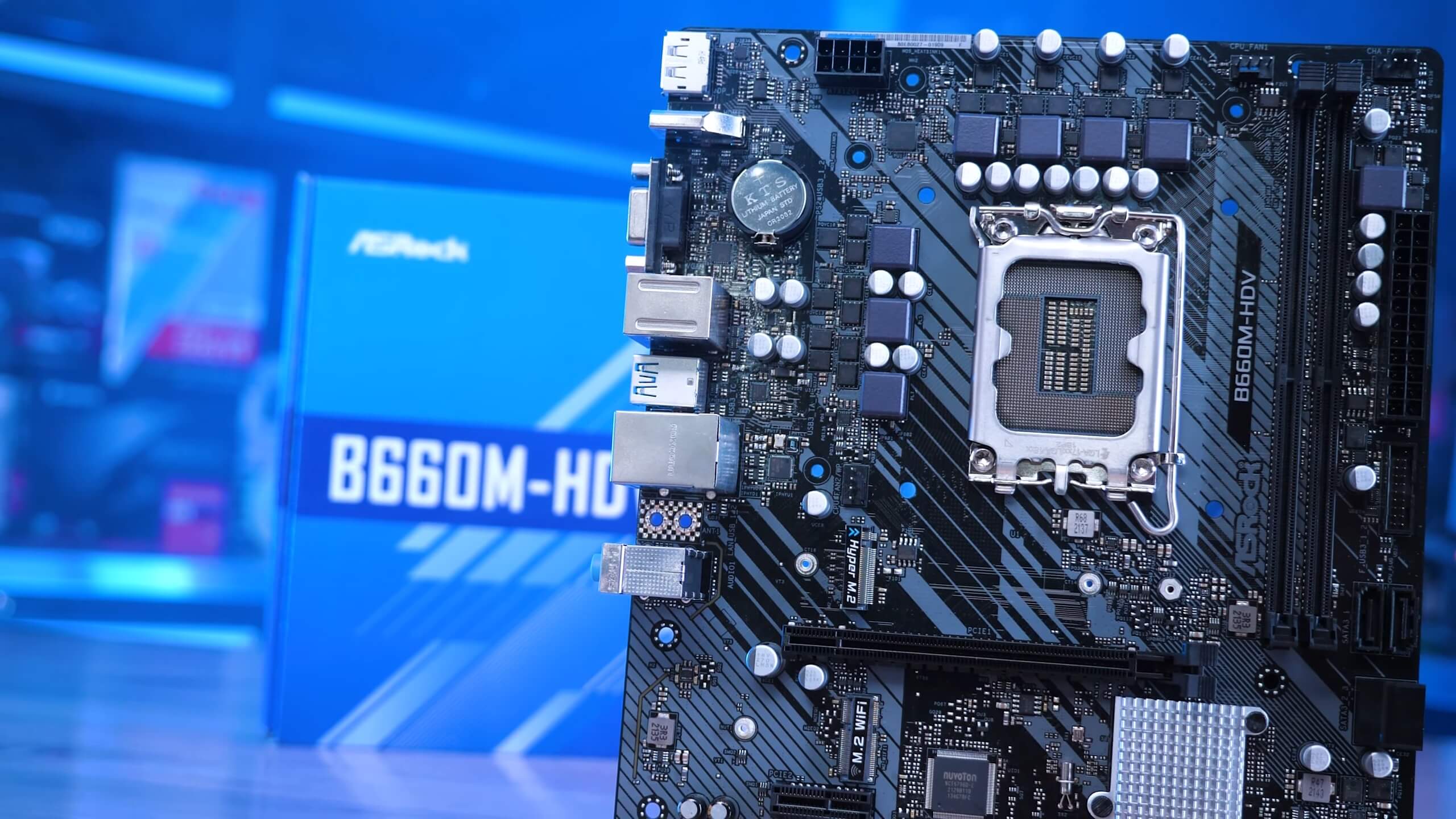
Ideally though, we’d rather boards like this simply didn’t exist at all. Soyo’s also proven it’s possible to produce a B660 board at this price point that isn’t hot garbage. Alternatively, we highly recommend spending the extra $45 to get the MSI Pro B660M-A which is a vastly superior product in every conceivable way, and once you factor in the cost of the CPU, the $45 difference becomes rather insignificant.
The goal here for us is to expose bad products like the Asrock B660M-HDV so you don’t end up buying it, and you can advise friends to avoid it as well. But ultimately we’d like to discourage companies like Asrock from making terrible products, and that should be their goal anyway as the B660M-HDV only serves to burn consumers and Asrock’s reputation in return.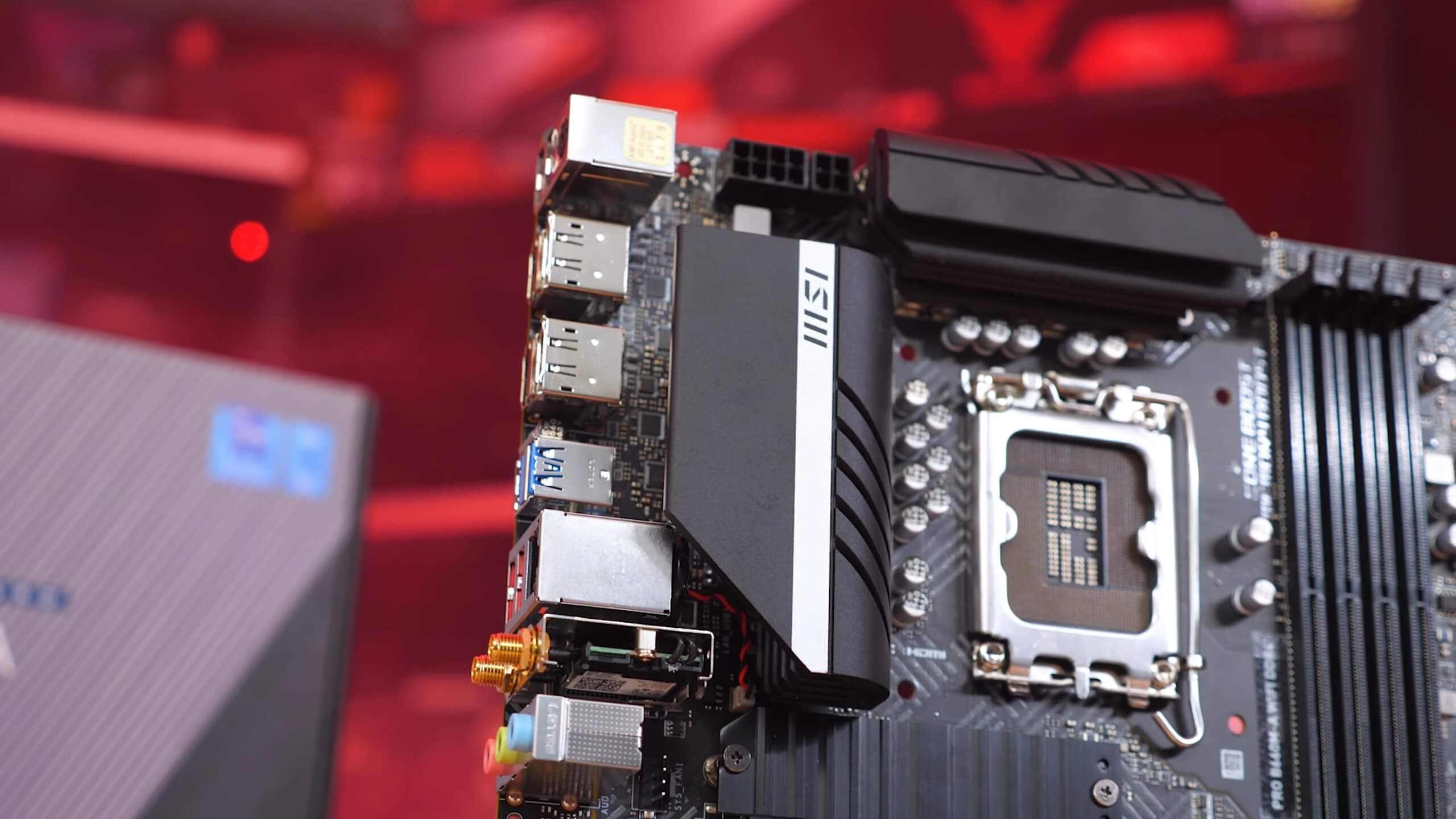
Having said that, we fully expect the B760M-HDV to have a PL1 of 80W because ever since Asrock blacklisted us/Hardware Unboxed, along with Gamers Nexus and Actually Hardcore Overclocking in 2020, it’s all been downhill from there. We’re also expecting the Asrock B660M-HDV to be the bottom of the barrel when it comes to Intel B660 boards. We do have 20 boards on hand and you’ll see the results of all those tests soon, so stay tuned.
TECHSPOT : Tech Enthusiasts, Power Users, Gamers
TechSpot is a registered trademark. About Us Ethics Statement Terms of Use Privacy Policy Change Ad Consent Advertise
© 2022 TechSpot, Inc. All Rights Reserved.


